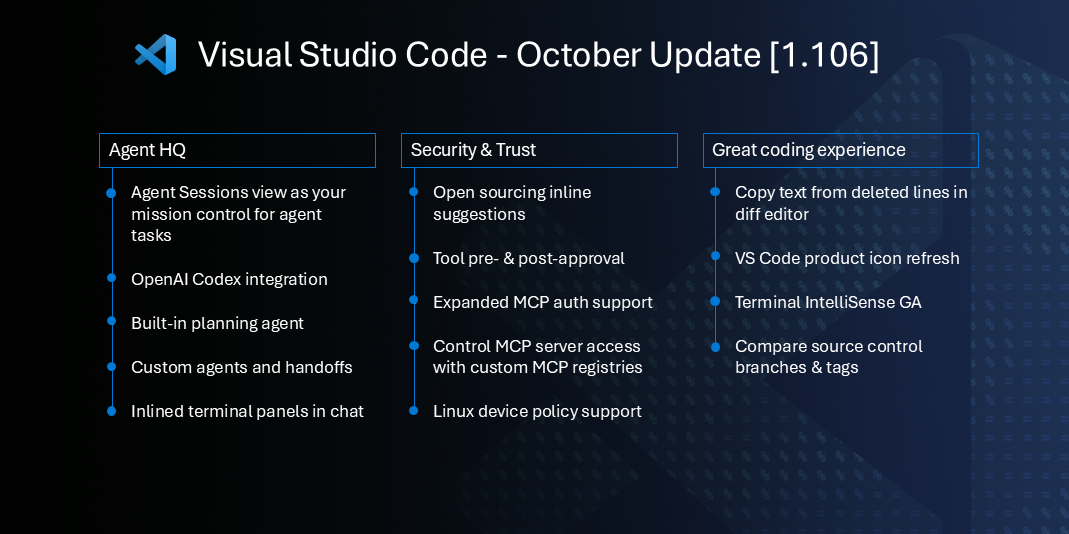Turn database rows into production-ready infrastructure.
Automatically.

Lynq
3 Controllers
Why Lynq?
Managing hundreds or thousands of nodes in Kubernetes shouldn't require custom scripts, manual updates, or rebuilding Helm charts every time your data changes.
❌ Problem
Helm Charts
Static values files. Adding 10 new nodes? Manually create 10 new releases and track them separately.
✅ Solution
Database-Driven Automation
Your existing database is the source of truth. No YAML commits, no manual kubectl commands.
❌ Problem
GitOps Only
New customer signs up? Commit YAML, wait for CI/CD, manually sync. Not dynamic enough for real-time provisioning.
✅ Solution
Real-Time Synchronization
Add a node → resources created in 30 seconds. Deactivate a node → everything cleaned up automatically.
❌ Problem
Custom Scripts
kubectl apply in bash loops. Works until you need drift detection, conflict handling, or dependency ordering.
✅ Solution
Production-Grade Control
Built-in policies, drift detection, conflict resolution, dependency management, and comprehensive observability.
Perfect For
Automate infrastructure provisioning at any scale
🏢
SaaS Platforms
Each customer gets isolated infrastructure provisioned from your user database
🌍
Multi-Environment Apps
Spin up dev/staging/prod environments dynamically per team or feature branch
🔧
Internal Platforms
Self-service infrastructure for teams without manual ticket workflows
How It Works
Your Database
node_configs
acme-corpacme.com✓ active
beta-incbeta.io✓ active
Kubernetes Cluster
📋
LynqHub
Syncs every 30 seconds
Click to view YAML
📄
LynqForm
Click to view YAML
LynqNode CRs (Auto-created)
Kubernetes Resources
Deployacme-corp-api
Svcacme-corp-svc
Ingressacme-corp-ing
Deploybeta-inc-api
Svcbeta-inc-svc
Ingressbeta-inc-ing
💡 Interactive
Click LynqHub and LynqForm to see the YAML, or click database rows to toggle nodes
1️⃣
Connect Your Data
Point to your MySQL database where node information lives. The operator reads active nodes automatically.
2️⃣
Define Your Template
Write one template describing what each node needs: deployments, services, ingresses, and any custom resources.
3️⃣
Deploy Automatically
Every active node gets isolated infrastructure. Resources are created, updated, and cleaned up automatically as your data changes.
1 Database Row = 1 Complete Stack
Add a node to your database → Get Deployment + Service + Ingress + DNS + whatever you need
Start in 5 minutes
Follow the Quick Start Guide to see this in action with a working MySQL database and sample templates.
Kubernetes Compatibility
✅
Validated on Kubernetes v1.28 – v1.33
Production-tested across multiple versions • See compatibility details
.png)




